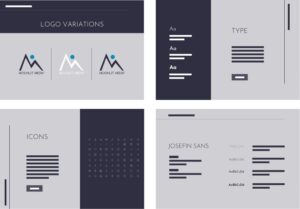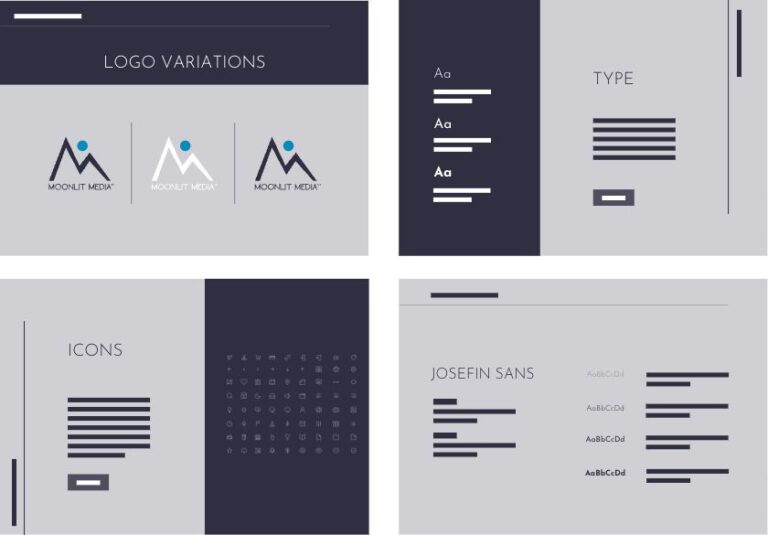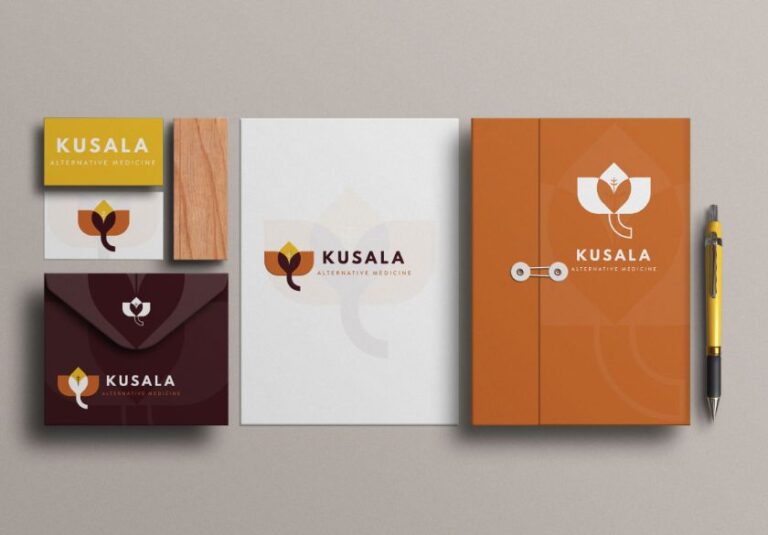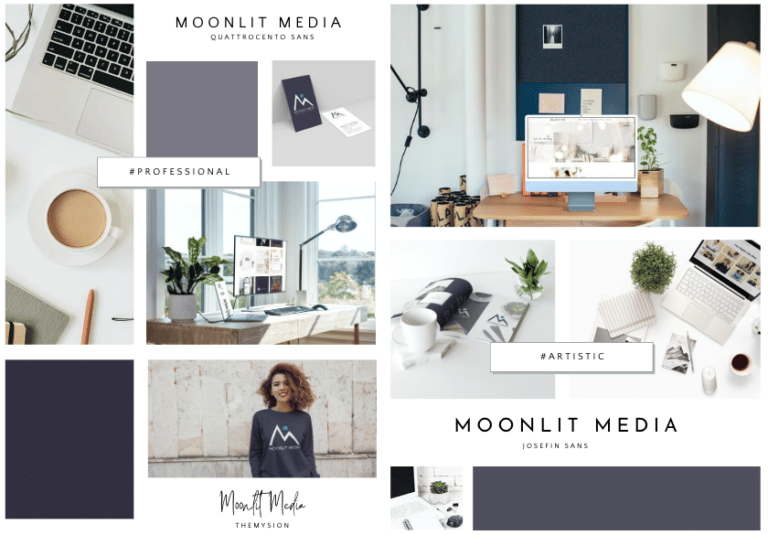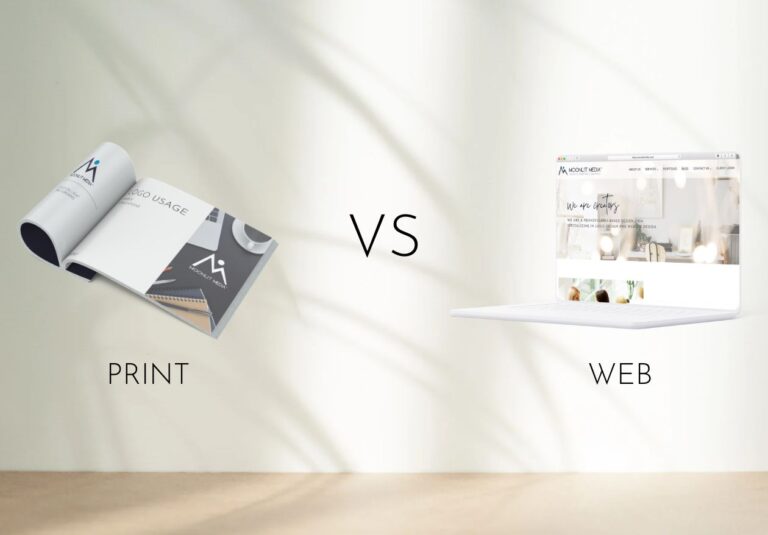As you are likely well aware, a visually appealing website with high-impact graphics is a crucial aspect of any successful business. But, beyond that, your website must be able to load quickly, meet the specific needs of your reader, and be free of copyright issues.
High-quality graphics and photos not only capture the attention of your target audience but also contribute to a positive user experience. In this guide, we’ll explore the key considerations for choosing and editing graphics and photos for your business website, ensuring that your visual content aligns seamlessly with your brand and enhances your online presence.
Understanding Your Brand Identity
Before diving into the world of engaging visuals, it’s essential to have a clear understanding of your brand identity. Consider your brand colors, tone, and overall style. Your graphics and photos should reflect and reinforce these elements, creating a cohesive and recognizable brand image.
Selecting Relevant Imagery and Graphics
Choose visuals that directly relate to your business, products, or services. Authenticity is key, so opt for images that resonate with your target audience. If possible, invest in professional photography or use high-quality stock photos that align with your brand. This is a very informative post about Mastering the Art of Effective Product and Lifestyle Photography.
Consistency is Key
Maintain a consistent visual theme across your website. This includes using a similar color palette, style of photography, and graphic elements throughout. Consistency helps in establishing a strong brand identity and makes your website visually harmonious.
Optimizing graphics for SEO
To boost your website’s visibility on search engines, optimize your images for SEO. Use descriptive filenames and include relevant keywords in your image alt text. This not only improves accessibility for users with disabilities but also signals to search engines what your images are about.
Image Size and Compression
Large image files can slow down your website’s loading speed, impacting user experience and SEO. Resize and compress images without compromising quality to ensure faster page loading times. Numerous online tools and software can assist in this process.
Responsive Design
With the increasing use of mobile devices, ensure that your graphics and photos are optimized for various screen sizes. A responsive design ensures that your visuals adapt to different devices, providing a seamless and engaging experience for all users.
Editing for Consistency
Maintain a consistent editing style across your visuals. Whether it’s adjusting brightness, contrast, or applying filters, ensure that your photos share a cohesive look and feel. This consistency contributes to the overall professionalism of your website.
Test and Gather Feedback
Before finalizing your visuals, test them on different devices and gather feedback from colleagues or target audience members. This helps identify any potential issues and ensures that your graphics and photos effectively convey your intended message.
By carefully selecting and editing your graphics and photos, you can elevate the visual appeal of your business website, leaving a lasting impression on visitors. Remember, the key is to align your visual content with your brand identity while optimizing for both user experience and search engine visibility.


